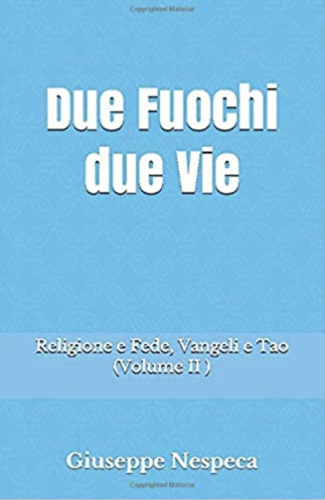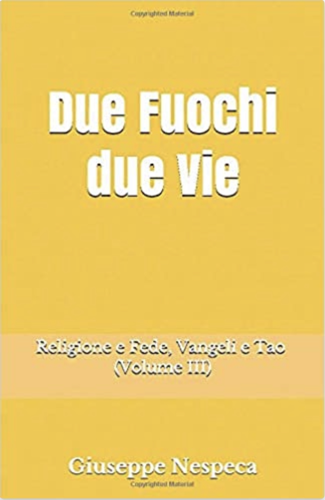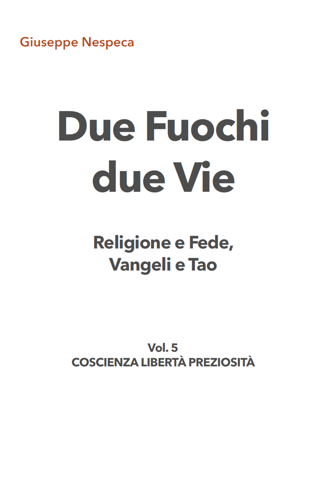Serving oneself and "the audience"
(Lk 11:42-46)
The conflict between Jesus and the religious authorities takes on violent features.
Ideological or devout choice can be lost in the formalism of those who endlessly discuss minutiae and forget the goals of inner commitment, in favor of a sort of circus show (v.43).
When the notables disdain service and choose honors, the simple passing by them causes to contract the same impurity of the soul: average and normal life, internal corruption.
In short, the Divine Law has been so burdened as to make devout practice suffocating, worried about quibbles.
For those who can bear the procedures, then, perfection in outward things can nourish pride even in interhuman relationships. And the Grace that enriches will no longer dictate the conduct.
The willingness to build up the Church in Christ requires us to be authentic and simple, not dehumanized; a sign of the Covenant, not hateful.
There is a counter-witness that stifles the growth of life and crushes the freedom of those who are animated by Spirit of God.
Among other things, leaders and “jurists” willingly leave their privacy outside the provisions they impose on others (v.46).
In short, the care for details is good and propulsive (v.42) only if it joins the intimate discovery of one’s Mission and Call, character that promotes growth and our future.
While Mt 23:27 speaks of whitewashed tombs, Lk speaks of hidden sepulchers, which are not seen (v.44).
Simple, naïve, pure people who approach it, do not realize that they are insisting on dead idols.
In the Semitic mentality, touching or trampling on a tomb meant contracting impurities.
Jesus means that we must be very careful of these dangerous people, who seize and plagiarize souls, turning them away from God in the name of God.
Manipulative guides, who distract from the sense of the Good News in our favor, inoculating a mentality that annihilates growth.
At all times the recitation of disembodied, schematic, off-scale or confusing and empty holiness retains deviant appearances.
But the proponents of the soul’s death are immediately recognized: they are those who insist on sophisticated worldviews, on abstract ideas; on the trifles of habits, or disciplinary appearances - and forget the goals of the Kingdom.
The topic is crucial:
«We want to be a Church that serves, that leaves home and goes forth from its places of worship, goes forth from its sacristies, in order to accompany life, to sustain hope, to be the sign of unity […] to build bridges, to break down walls, to sow seeds of reconciliation» (FT n.276).
Resolutive work, obtained in a laborious, «craftsmanship» way (n.217).
As with fashions, attention to the too great or to the unincarnated modes brings people closer to skeletons.
Let us therefore help ourselves to bring the Word back inside, so that it becomes our active face, without duplicity, with broad hope, separated from the present scene and from any narcissistic workshop.
[Wednesday 28th wk. in O.T. October 15, 2025]












